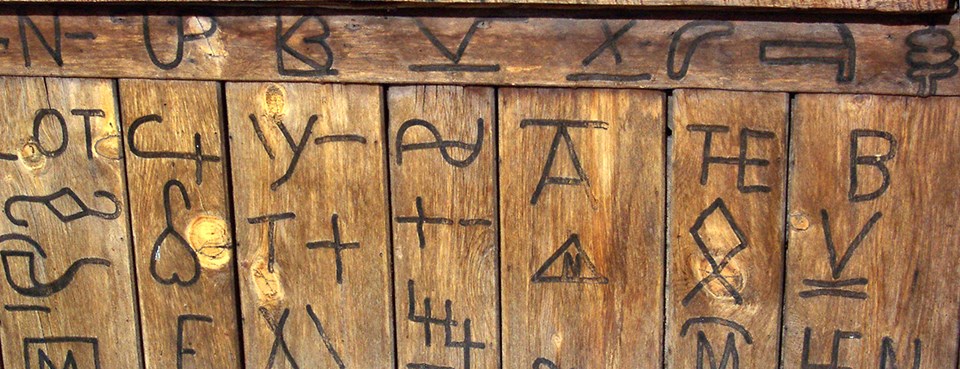
NPS/Lee Ferguson Indigenous traders The first Europeans to explore the Southwest were Spaniards. As Spain's New World empire expanded, they searched for travel routes across the deserts to their California missions. Often their trails stitched together pathways used by Indigenous traders for centuries. One of these routes, called the Old Spanish Trail, linked Santa Fe and Los Angeles along the same path, past the park visitor center, that US 191 takes today. The first known date for explorers within what is now Arches comes from an unusual source. Denis Julien, a French-American fur trapper with a habit of chiseling his name and the date onto rocks throughout the Southwest, left an inscription in this area on June 9, 1844. He was over 60 years old when he explored the area's streams and canyons trapping beaver pelts, which were highly prized then due to a fashion trend in men's hats. More traders and trappers rode their dusty horses through the Moab region for decades before any non-indigenous people attempted to settle the area. The Church of Jesus Christ of Latter-Day Saints established an outpost called the Elk Mountain Mission in what is now Moab in June of 1855, but conflicts with local Utes caused them to abandon the effort. In the 1880s and 1890s, Moab was settled again by a mix of ranchers, prospectors, and farmers. One enterprising settler, John Wesley Wolfe, built his cabin in a beautiful spot near Salt Wash where park visitors may still see it today. |
Last updated: March 14, 2023
